'As fun a dog as you’ll ever come across’, and a global icon — so why have smooth fox terriers become so rare?
Once so popular they were labelled the ‘English terrier’, numbers of smooth fox terriers have dwindled to worrying levels. Yet these smart and charming little dogs could rival the labrador if better known, devotees tell Flora Watkins.

In 1898, the artist Francis Barraud decided to paint a picture of his late dog, Nipper, a smooth fox terrier.
It was a tribute not just to the dog, but also to Barraud’s brother, a theatre designer called Mark. Nipper had originally been owned by Mark, but when he died young, Barraud inherited the dog. Nipper himself died in 1895, three years before the painting, named His Master’s Voice, was created.
Barraud approached several companies to see if they’d be interested in licensing the image, but it took a few years and several revisions — the Huguenot museum website shows some of the earlier iterations — before the rights to use the painting were bought by The Gramophone Company, who registered it as their trademark. The Gramophone Company went on to become EMI, who launched the HMV label using Nipper. HMV still use it to this day.
The picture of the dog listening to the gramophone is arguably the most successful and instantly-recognisable pieces of commercial artwork ever made — so much so that there is a blue plaque on Piccadilly, outside Barraud’s old studio, and there’s a statue of Nipper on the Merchant Ventures Building in Bristol, the city where the world’s most famous smooth fox terrier was born.
At the time, smooth fox terriers were everywhere, for the breed was the most popular in Britain. Queen Victoria had three of them — named Spot, Gay Girl and Wat — while Charles Darwin used his smooth fox terrier, Polly, as a model in his final book. Print appearances, in fact, were regular: Montmorency, the dog in Jerome K. Jerome's Three Men in a Boat, was a smooth fox terrier, while Beatrix Potter picked a smooth fox terrier to run the village shop in The Tale of Ginger and Pickles.
However, since the 1980s, this delightful breed has diminished dramatically. Recent headlines such as ‘HMV dog “on brink of extinction” ’ are alarmist — smooths are hugely popular both on the Continent and in the US — but only 81 puppies were registered in the UK in 2023 and the breed is now on the Kennel Club’s vulnerable native breeds list.
The dog once known as the ‘English terrier’ is now largely unknown in his native land. When sporting artist Teresa Davis entered her dog, Stanley, in the terrier class at a local hunt show, the judge asked if he had any whippet in him — and confessed she’d never heard of the breed. It's a sad state of affairs for dogs that have so much to offer.
Sign up for the Country Life Newsletter
Exquisite houses, the beauty of Nature, and how to get the most from your life, straight to your inbox.
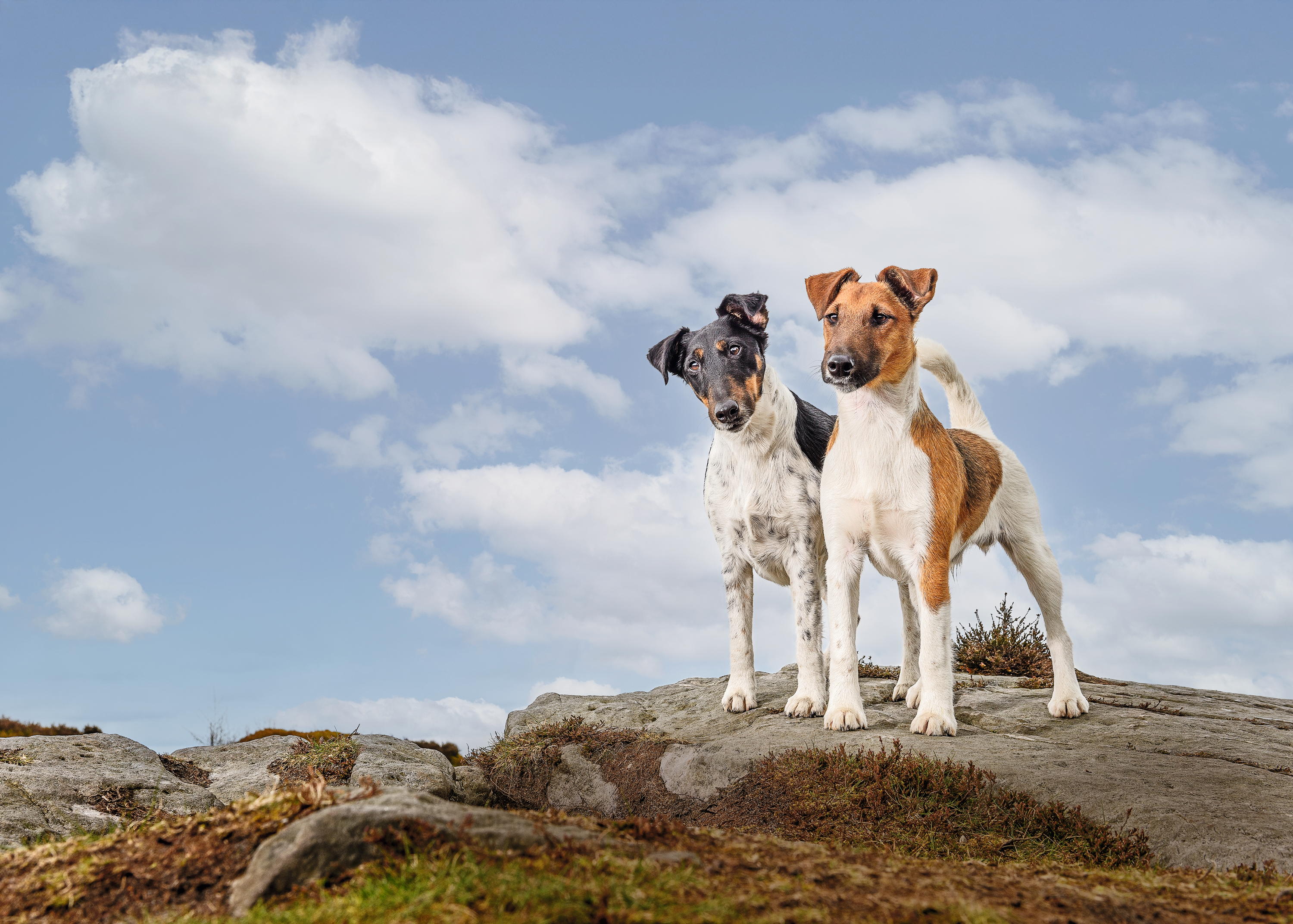
Smooth fox terriers Vesper and Bertie starred on the cover of Country Life's print issue of February 26, 2025.
Ms Davis says she 'always wanted' a smooth fox terrier, but when she looked to buy a puppy, despite offering a five star country home at her studio in the Quantock Hills in Somerset, she found long waiting lists and very few breeders. Eventually, following a tip-off from the breed society, she drove all the way to north Lanarkshire to collect Foxglove. A couple of years later, ‘Foxy’ was joined by Stanley, found via a post on Instagram.
Like Beatrix Potter's Pickles, Stanley is ‘quite a gentleman’ — smooths are, after all, known as ‘the gentleman of the terrier world’. Stanley ‘wears a bow tie when we go out and struts around at point-to-points as if he’s lord of the manor,’ Ms Davis enthuses.
‘They ooze character and they’re complete mischief on four legs — that’s what we love about them.’ As for that long nose, ‘they do get stuck into everything, from shopping bags to goodness knows what’.
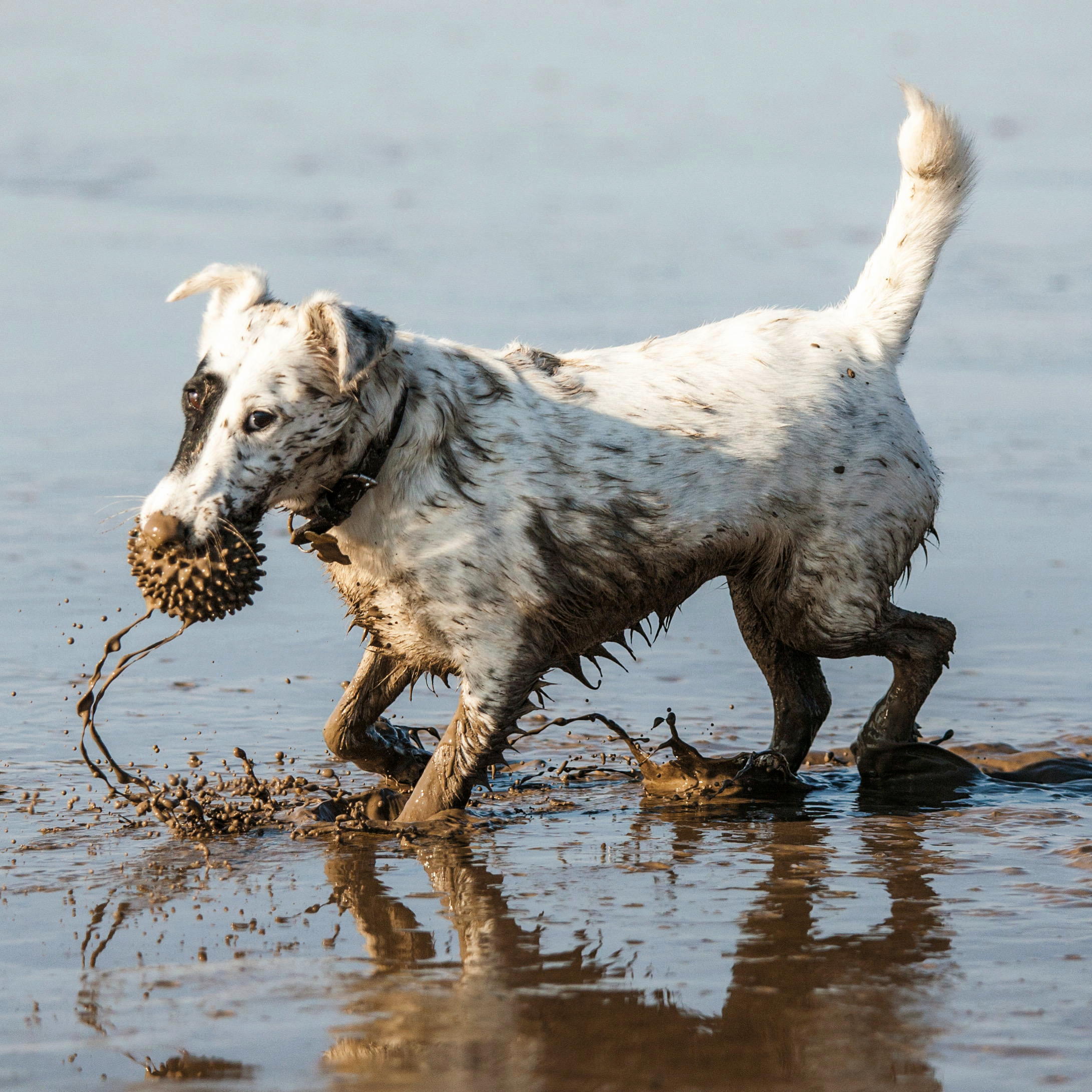
If you're going to have a dog who loves getting dirty then a breed that's small and has short hair is ideal, as Foxglove demonstrates.
The origins of the fox terrier as a type date from the early 18th century, when fox hunting became established. The terrier had to be small enough to plunge after the fox when it went to ground, yet possess the speed and stamina to keep up with hounds. A white strain was favoured, so there was no danger of hounds mistaking the terrier for the fox when it emerged from underground. Selected terriers were then probably crossed with beagles to produce a smooth-coated dog with longer legs, with the modern type being largely established by the 1800s.
As breed historian and retired breeder Jenny Thornton — whose Glendraterra Sunset Strip featured on the cover of Country Life’s January 29, 2014 number — observes: ‘If you look at smooths from the 1800s, they’re not very far from where they are now.’ Indeed, a reminder of the smooth fox terrier’s past is written into the modern breed standard, which stipulates that it should ‘stand like a short-backed, well-made hunter, covering a lot of ground’.
‘When you see a smooth fox terrier standing and posing, there is nothing like it,’ declares Mrs Thornton. ‘Standing square with their tail up, they are a marvellous picture — it just fills your eye.’

Teresa Davis's bow-tie-sporting dogs Foxglove and Stanley.
They can been a handful, too. Three Men in a Boat, written in 1889, was enlivened by the incorrigible smooth fox terrier Montmorency, who accompanies the friends on their jaunt down the Thames. In spite of ‘the noble expression on the dog’s face as if he seemed to be too pure for the profane world he inhabited’, he exhibits many of the breed’s more terrierish characteristics, pretending that ‘the lemons were rats, and got into the hamper and killed three of them before Harris could land him with the frying pan’.
As for that distinctive part of the smooth’s anatomy, whenever Harris or George reached out their hand for anything, it was Montmorency’s ‘cold, damp nose’ that they found.
Former jockey Guy Landau has had several smooth fox terriers. He acquired Scotch, his first, when he was based in Maisons-Laffitte, near Paris in France, ‘where they’re quite popular’. The dog was very much a man about town: ‘He used to come to restaurants with me, nightclubs, on holiday — everybody loved him. In company, they’re quite aloof and think they’re rather smart. They’re quiet and clean in the house, but not afraid to get their paws dirty.’
When Mr Landau moved back to Britain, he bought a farm in Somerset that ‘was alive with rats; they were pretty effective [at dispatching them] and thoroughly enjoyed it’. However, the terriers are, he laments, ‘a forgotten gem that’s fallen out of fashion, although they’re as fun a dog as you’ll ever come across’.
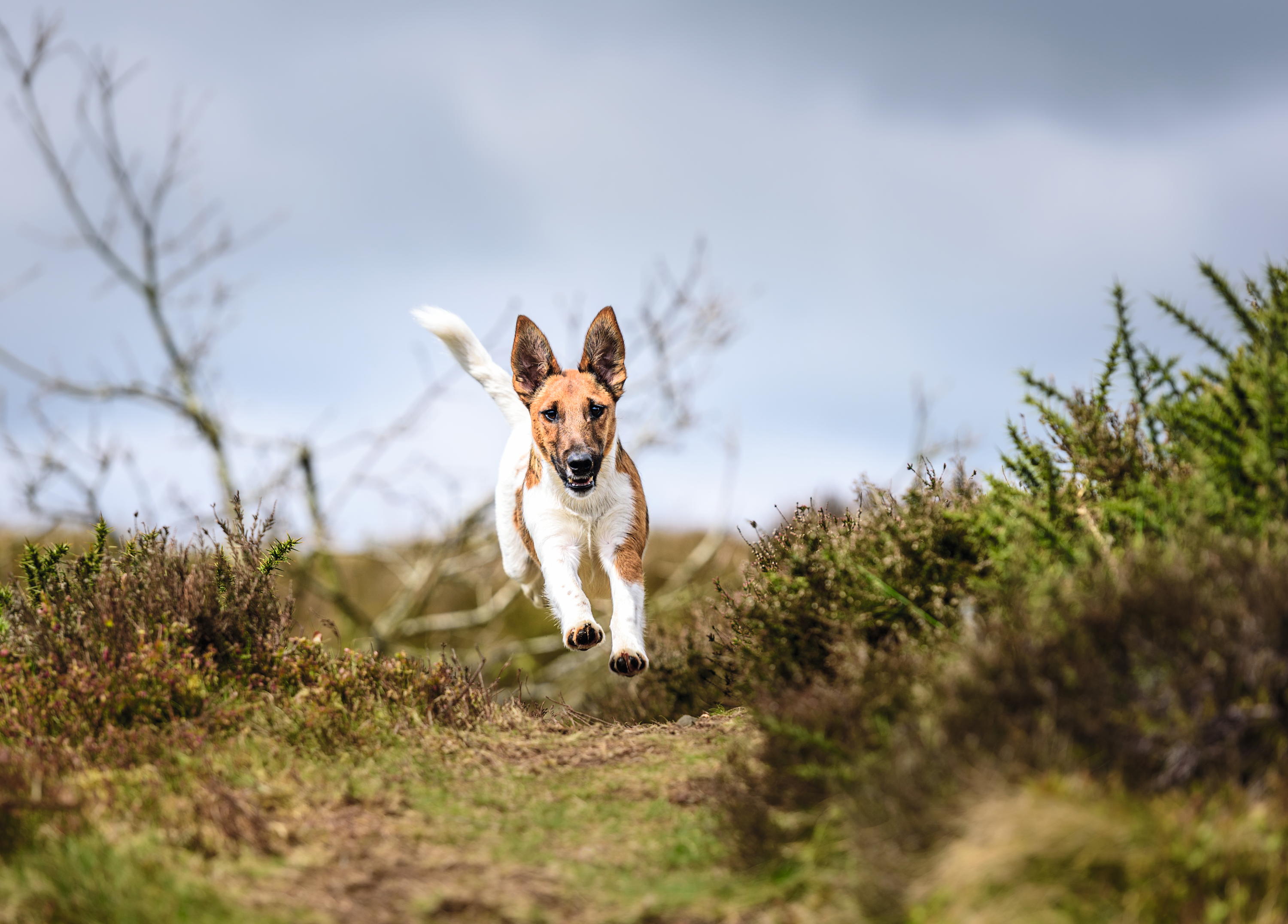
Exuberant and untiring, these lovely dogs are 'busy outside, but chilled in the house.'
As Joanna Cadman-Goodwin found when she advertised a litter from her bitch, Tess, the younger generation seems unaware of the breed’s charms. Everyone who enquired was either of or approaching retirement age, prompting Mrs Cadman-Goodwin to write to Country Life's letters page with a rallying cry in November 2024. ‘These super little dogs are friendly, courageous, characterful, lovely with children and unendingly loyal,’ she enthuses.
Mrs Cadman-Goodwin and her husband, Chris, became smitten with the breed after seeing one at Lowther Show in Cumbria 10 years ago. ‘He was such a smart little dog that we stopped the owner and asked, “What is it?”,’ she recalls. They soon acquired Rafe from a breeder in Ayrshire, then Olive joined their household at Gatehouse of Fleet in Galloway. They now also have the pair’s son, Max, another bitch, Tess, and Titch, from Max and Tess’s recent litter.
‘They are infectious and very good natured,’ believes Mr Cadman-Goodwin. ‘Busy outside, but chilled in the house — easier than our son’s labrador.’ Their antics make the family laugh daily, particularly with the breed trait of walking on their hind legs (these dogs were once popular performers in circuses). Olive performs this manoeuvre whenever she passes a house where a cat sleeps in the window.
Devotees speak of the breed’s very human characteristics. Before Ms Davis’s husband comes in from work, Foxglove will ready herself on the sofa, because she knows he’ll share his cup of tea with her. Northamptonshire breeder Rose Marston recalls how her first smooth would get bored when she was doing the horses and trot off to the local pub, waiting by the fire until she was finished.

Intelligence shines out of the eyes of a smooth fox terrier.
They’re exuberant — visitors ‘get a rousing welcome’, says Ms Davis — and Mrs Marston stresses that they’re tough and resilient, with few health problems. Being terriers, however, they do have a high prey drive. One of her dogs, Chipstead Pirate, once went off after a rabbit the night before Crufts. After a night of frantic searching, he was discovered wallowing in a disused cesspit, having fallen through brambles. He didn’t trouble the show ring that year, but, thanks to that short, smooth coat, hosing him off only took a few minutes.
‘I think the best I can say is that we used to be very traditional, working-labrador owners,’ divulges Mrs Cadman-Goodwin. ‘No dogs anywhere other than the kitchen or boot room and certainly never, ever on the furniture. Now, there is always a fox terrier on our laps and it cannot be guaranteed that you won’t find one on the bed, either.’
-
 Designer's Room: A solid oak French kitchen that's been cleverly engineered to last
Designer's Room: A solid oak French kitchen that's been cleverly engineered to lastKitchen and joinery specialist Artichoke had several clever tricks to deal with the fact that natural wood expands and contracts.
By Amelia Thorpe
-
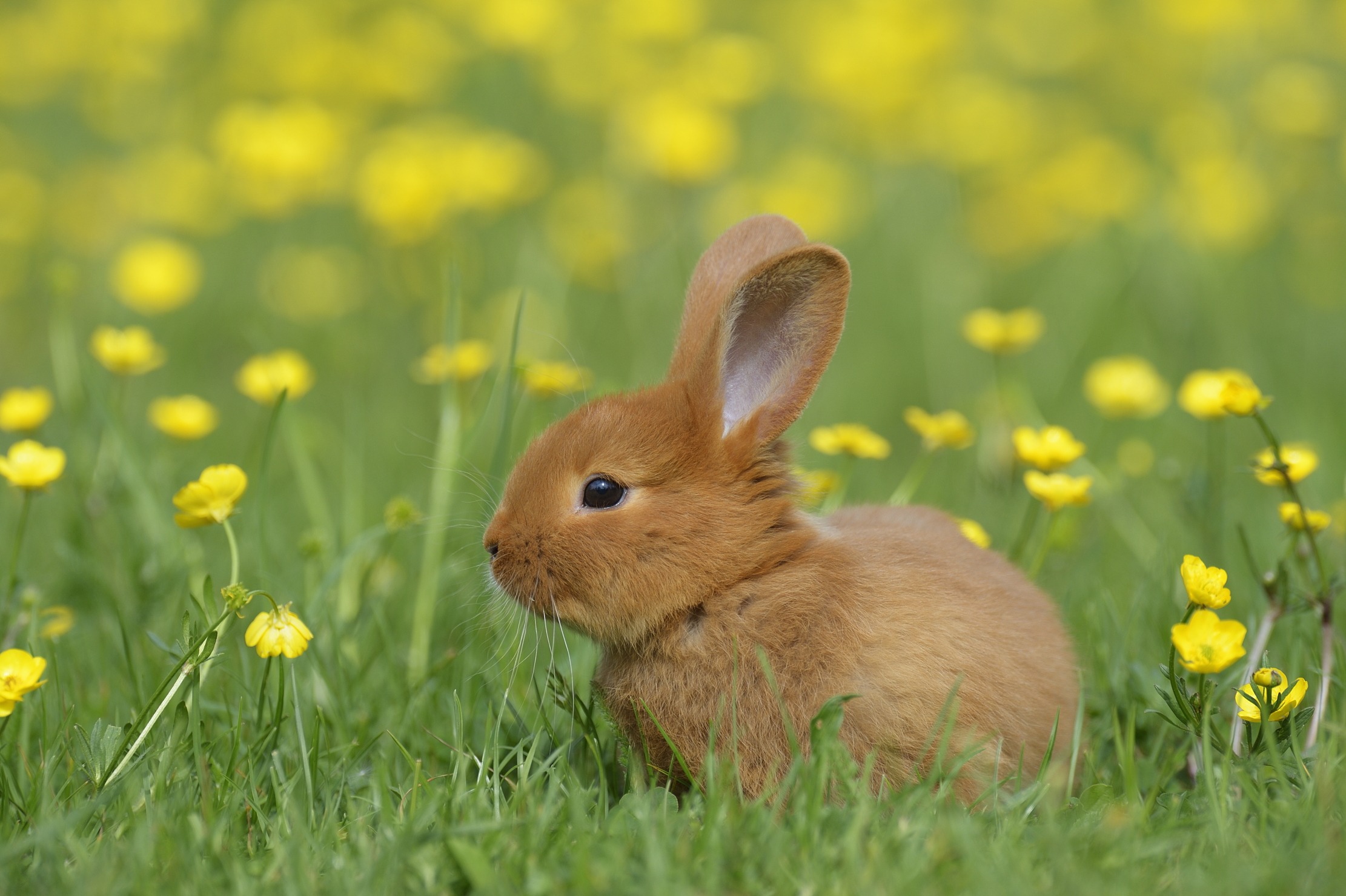 Chocolate eggs, bunnies and the Resurrection: Country Life Quiz of the Day, April 18, 2025
Chocolate eggs, bunnies and the Resurrection: Country Life Quiz of the Day, April 18, 2025Friday's quiz is an Easter special.
By James Fisher
-
 RHS Chelsea Flower Show: Everything you need to know, plus our top tips and tricks
RHS Chelsea Flower Show: Everything you need to know, plus our top tips and tricksCountry Life editors and contributor share their tips and tricks for making the most of Chelsea.
By Amie Elizabeth White
-
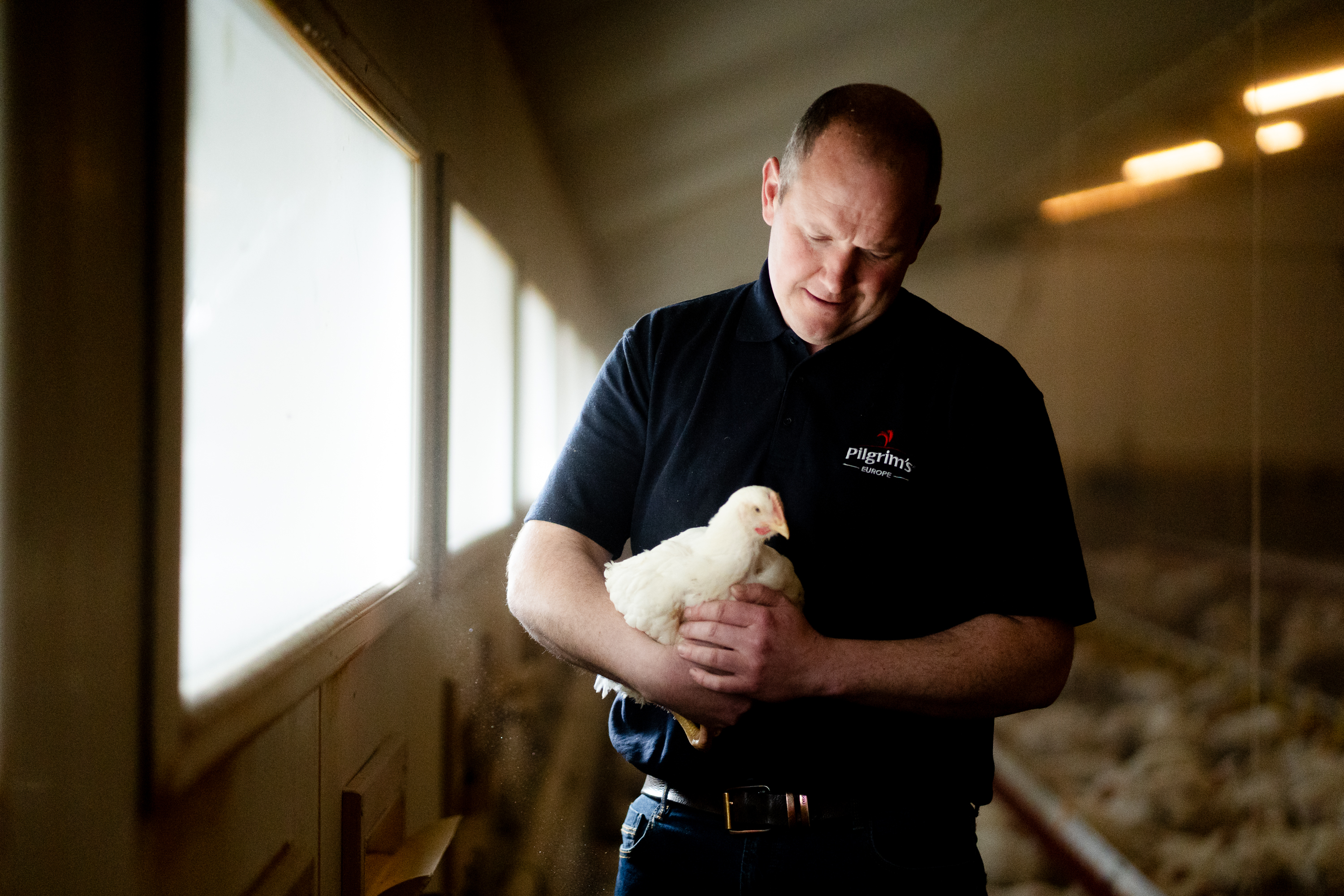 What the cluck? Waitrose announces ‘trailblazing’ pledge to help improve chicken welfare standards
What the cluck? Waitrose announces ‘trailblazing’ pledge to help improve chicken welfare standardsWaitrose has signed up to the Better Chicken Commitment, but does the scheme leave Britain open to inferior imports?
By Jane Wheatley
-
 Having a ruff day: Kennel Club exhibition highlights the plight of vulnerable spaniel breeds
Having a ruff day: Kennel Club exhibition highlights the plight of vulnerable spaniel breedsPhotographer Melody Fisher has been travelling the UK taking photographs of ‘vulnerable’ spaniel breeds.
By Annunciata Elwes
-
 'There is nothing like it on this side of Arcadia': Hampshire's Grange Festival is making radical changes ahead of the 2025 country-house opera season
'There is nothing like it on this side of Arcadia': Hampshire's Grange Festival is making radical changes ahead of the 2025 country-house opera seasonBy Annunciata Elwes
-
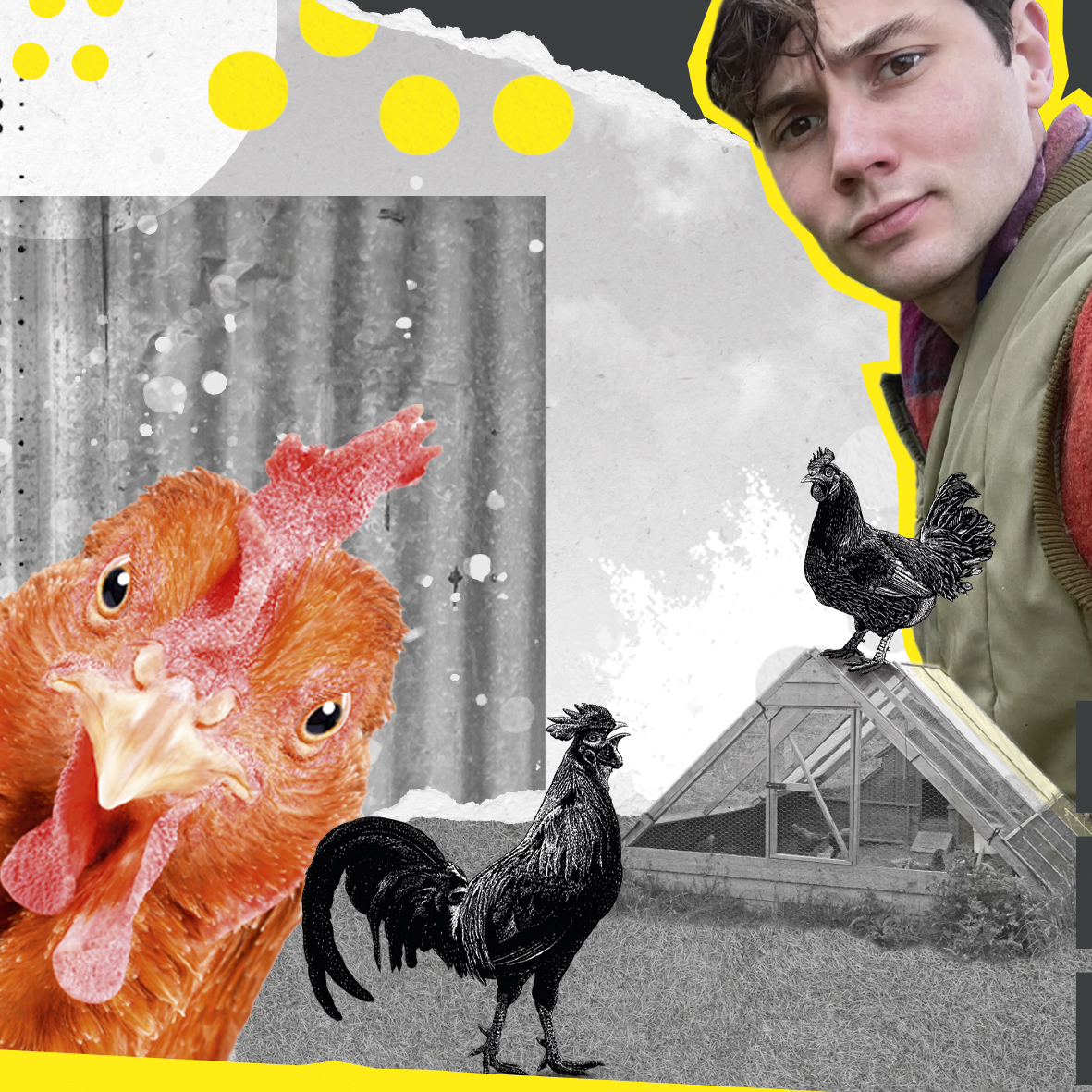 Arthur Parkinson: I am a cleaner, security guard and matron to my happy hens
Arthur Parkinson: I am a cleaner, security guard and matron to my happy hensIn his first regular chicken-keeping column for ‘Country Life’, Arthur Parkinson introduces his brood and touches on the importance of good housekeeping.
By Arthur Parkinson
-
 Is anyone more superstitious than a sports star?
Is anyone more superstitious than a sports star?When it comes to worrying about omens and portents, nobody gets quite so worked up as our sportsmen and women.
By Harry Pearson
-
 The humble hazel dormouse — 'the flagship species of the health of our countryside'
The humble hazel dormouse — 'the flagship species of the health of our countryside'The sleepy and very sweet hazel dormouse is one of Britain's rarest mammals.
By Jack Watkins
-
 The grass is always greener: Follow in the footsteps of Sir Andy Murray and play in The Giorgio Armani Tennis Classic
The grass is always greener: Follow in the footsteps of Sir Andy Murray and play in The Giorgio Armani Tennis ClassicThere’s no better time of year than the summer grass court tennis season.
By Rosie Paterson
